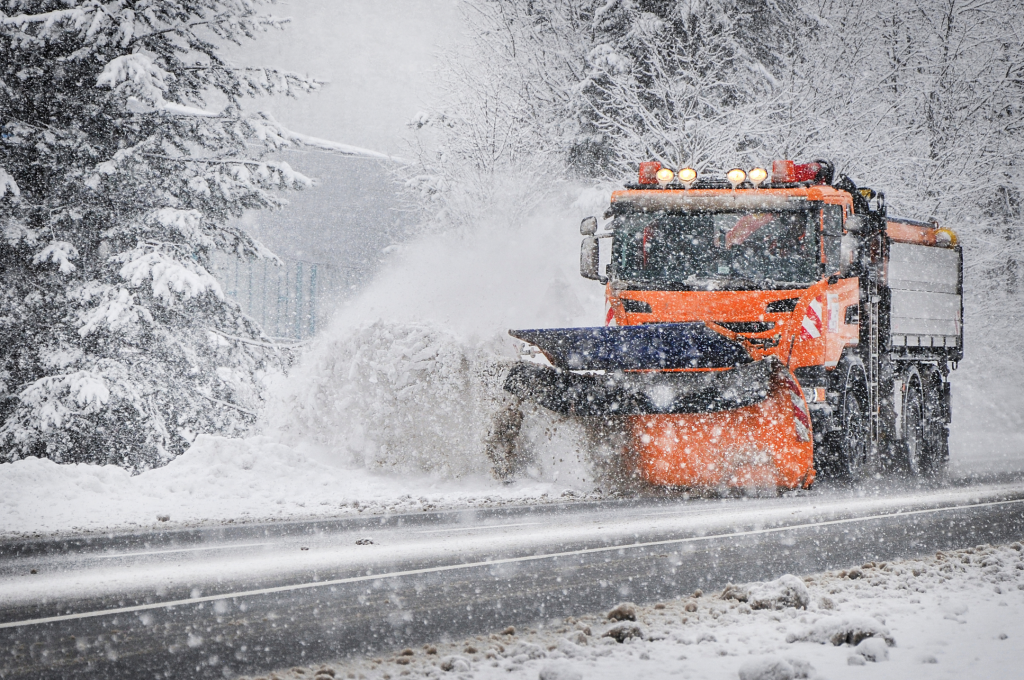When you ship frozen and refrigerated products, you’re not just racing against time — you’re racing against the forecast.
A delayed delivery might mean a minor inconvenience for most brands.
For frozen and refrigerated products, it can mean melted goods, a refund, and a lost customer.
And while most teams plan for peak season and holidays, fewer are ready for the unpredictable: a snowstorm in March, a heatwave in October, or a hurricane in January.
Weather disruptions aren’t edge cases anymore. They’re part of the landscape — and if your logistics strategy isn’t built to handle them, you’re leaving your cold chain exposed.
The Climate Problem No One Prepped For
Severe weather events are becoming more frequent and less predictable — and they wreak havoc on cold chain logistics.
Here’s what that can look like:
- Carrier blackouts: Major providers suspend service in affected areas, sometimes without warning.
- Network congestion: Storms can create regional bottlenecks, forcing packages to sit at hubs or be rerouted through longer, less reliable paths.
- Temperature excursions: Delays in sorting facilities or delivery vans can cause temperature-sensitive goods to spoil.
- Inaccessible delivery locations: Even if a shipment arrives nearby, road closures, power outages, or emergency conditions can prevent successful drop-off.
For perishable brands, even a 12-hour disruption can be the difference between a great unboxing and a lost customer.
Why Most Brands Aren’t Ready
Many perishable DTC brands still rely on:
- Fixed fulfillment schedules that don’t account for conditions at the destination
- Static refrigerant setups that don’t flex for weather or transit changes
- Single-location fulfillment that limits routing options when regional issues arise
When the system is rigid, even small disruptions become expensive.
What Smart Operators Are Doing Instead
The shift happening now isn’t just about faster shipping — it’s about smarter, more adaptive fulfillment.
Top operators are building systems that respond to the forecast in real time:
1. Real-Time Weather Tracking
Modern logistics platforms can monitor weather patterns and surface shipment risks before a label is even printed.
2. Dynamic Refrigerant Configuration
Refrigerant isn’t just about distance — it’s about conditions. By adjusting based on expected temps and transit performance, brands can ship leaner and safer.
3. Proactive Hold-and-Release
If a storm is expected to hit a key delivery region, some systems can automatically pause shipments and resume once conditions stabilize — saving the product and the customer relationship.
4. Rerouting Around Risk
With distributed fulfillment and flexible logic, brands can route shipments through alternative nodes or carriers — keeping deliveries on track while others are stuck.
Weather Isn’t an Exception. It’s a Variable.
If your shipping strategy treats weather as a rare edge case, you’ll keep getting blindsided.
Brands that build for resilience, adaptability, and visibility are finding ways to protect margins, reduce spoilage, and stay in control — even when the weather isn’t.
In the world of perishable eCommerce, a good forecast isn’t luck. It’s logistics done right.
Stay ahead of weather disruptions: partnerships@gripshipping.com



